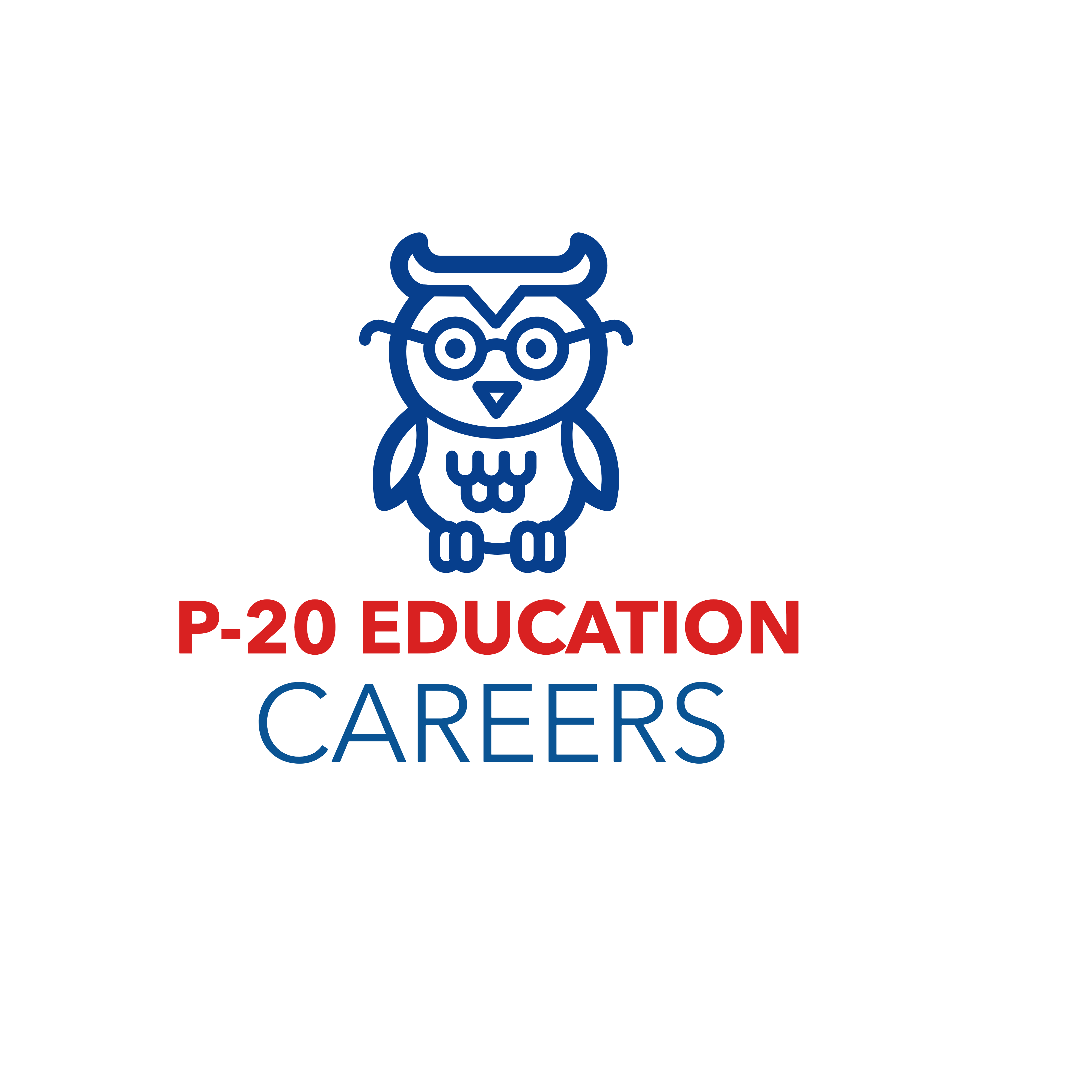Shifting landscape in Armenian higher education: risks and opportunities
Armenian higher education faces a period of significant transformation, presenting both substantial risks and exciting opportunities. The nation’s universities grapple with evolving global demands, economic realities, and demographic shifts, necessitating strategic adaptation for survival and prosperity.
One significant risk is the brain drain. Highly skilled graduates often seek better opportunities abroad, depleting the domestic talent pool and hindering national development. This exodus is exacerbated by limited job prospects within Armenia, forcing graduates to pursue careers outside their field of study or leave the country altogether. Addressing this requires a closer alignment between university curricula and the needs of the Armenian job market, fostering entrepreneurship, and creating a more attractive environment for skilled professionals.
Furthermore, the financial sustainability of Armenian universities poses a challenge. Public funding often falls short of meeting the needs of expanding institutions, leading to reliance on tuition fees that can exclude disadvantaged students. Exploring alternative funding models, such as attracting private investment, fostering international collaborations, and developing robust alumni networks, is crucial for long-term financial stability.
However, amidst these challenges lie significant opportunities. Armenia’s strategic location, its rich cultural heritage, and its growing technological sector create a fertile ground for specialized higher education programs. Developing niche areas of expertise, such as information technology, artificial intelligence, and tourism, can attract both local and international students, boosting the sector’s economic viability.
Harnessing the power of technology is also vital. Online learning platforms and blended learning models can expand access to higher education, reaching geographically dispersed populations and offering greater flexibility. This requires investment in digital infrastructure and faculty training to effectively utilize these technologies.
Finally, fostering international collaborations through student and faculty exchange programs, joint research projects, and participation in international networks is critical for enriching the educational experience and elevating the international profile of Armenian universities. By strategically addressing the risks and seizing the opportunities, Armenian higher education can navigate this shifting landscape and contribute significantly to the nation’s progress.

